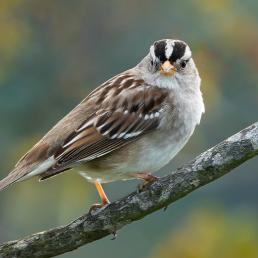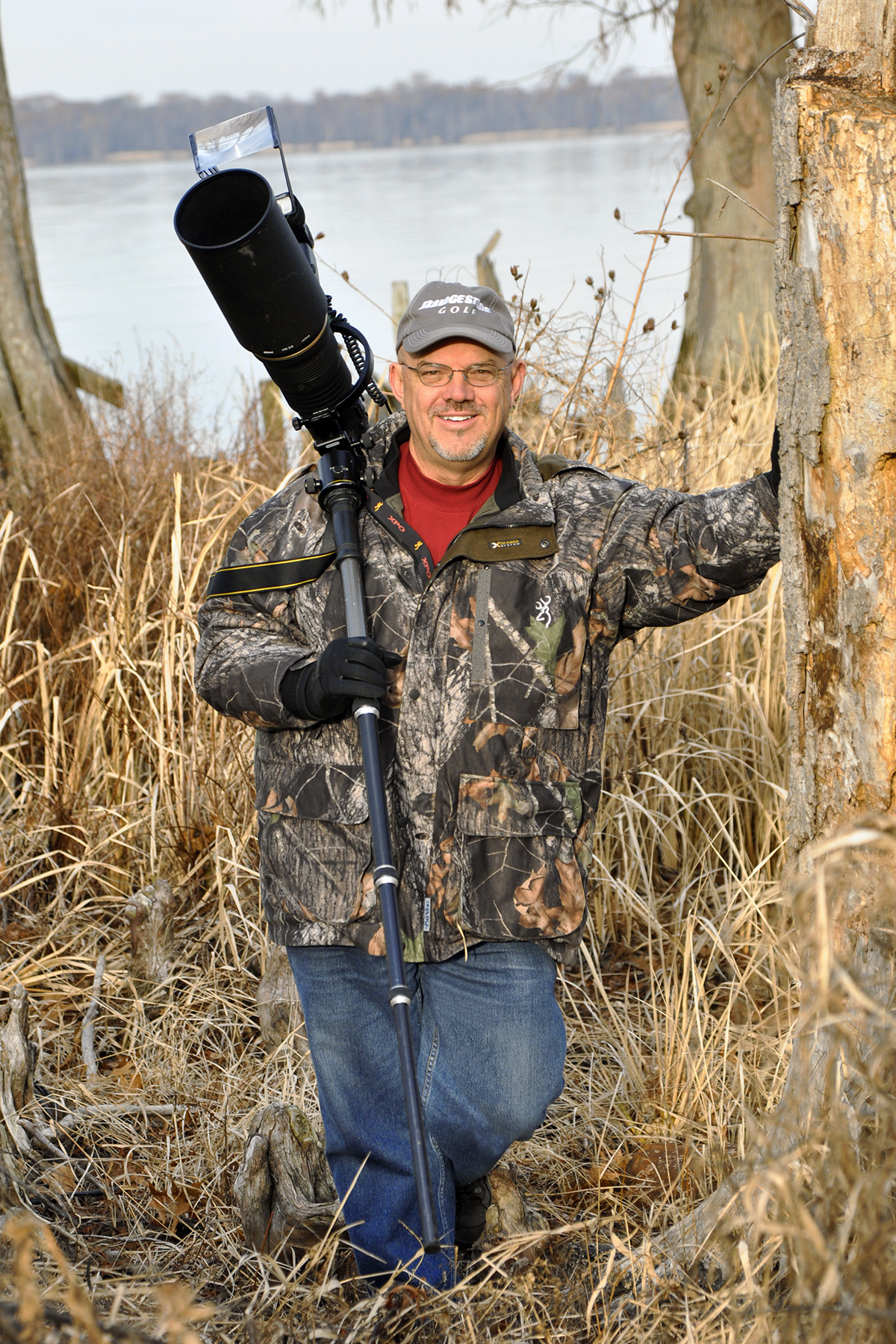

Join BirdNote tomorrow, November 30th!
Illustrator David Sibley and actor H. Jon Benjamin will face off in the bird illustration battle of the century during BirdNote's Year-end Celebration and Auction!
Tallgrass prairie, a sea of grass, once stretched from Manitoba to Texas, a landscape of almost unimaginable natural abundance. Heading west, Lewis and Clark came upon savannahs as far as the eye could see, covered with herds of bison, elk, pronghorn, and deer. Only a tiny fraction of the original tallgrass prairie remains, its rich soils now nurturing agricultural crops. But organizations like the Missouri Prairie Foundation are preserving and restoring remnants of this American landscape. On the tallgrass prairie in spring, bluestem grasses wave gently in a soft morning breeze, and this Henslow’s Sparrow perches to sing its abrupt song.
BirdNote®
Tallgrass Prairie
Written by Bob Sundstrom
This is BirdNote.
[Field Sparrow song]
Imagine riding on horseback across a vast prairie where native grasses stood higher than your head. Such a sea of grass once stretched from Manitoba to Texas, a landscape of almost unimaginable natural abundance. Heading west, Lewis and Clark came upon savannahs as far as the eye could see, covered with herds of bison, elk, pronghorn, and deer.
[Field Sparrow song]
Today, organizations like the Missouri Prairie Foundation are preserving and restoring remnants of this American landscape. Here, in spring, bluestem grasses, some nearly six feet tall, wave gently in a soft morning breeze. Greater Prairie-Chickens whoop in loud courtship displays. [Greater Prairie-Chickens whoops and cackles] At dawn, a Henslow’s Sparrow perches to sing its abrupt song [Henslow’s Sparrow], followed by the sweet voice of an Eastern Meadowlark. [Eastern Meadowlark song] A Dickcissel offers its rough notes [Dickcissel song], then a Field Sparrow out-sings them all. [Field Sparrow song]
Only a tiny fraction of the original tallgrass prairie remains, its rich soils now nurturing agricultural crops. And some of the birds that lived there, have become rare. Seeing even a remnant helps us imagine the sights and sounds of that great sea of grass.
[Field Sparrow song]
For BirdNote, I’m Mary McCann.
###
Sounds of birds provided by The Macaulay Library of Natural Sounds at the Cornell Lab of Ornithology, Ithaca, New York. Song of Field Sparrow 50244 recorded by G.A. Keller; Greater Prairie-Chicken recorded by G.A. Keller; Call of Henslow’s Sparrow 38521 recorded by L. Kibler; song of Eastern Meadowlark 106881 recorded by R.S. Little; song of Dickcissel 50228 recorded by G.A. Keller.
Producer: John Kessler
Executive Producer: Chris Peterson
© 2014 Tune In to Nature.org June 2018/2020 Narrator: Mary McCann
ID# tallgrassprairie-01-2012-06-14 tallgrassprairie-01b
Fires set by Native Americans or sparked by lightning periodically rejuvenated the tallgrass prairie.
Missouri Prairie Foundation link: http://www.moprairie.org/
The pronghorn of western North America is a unique species of the family Antilocapridae, not an antelope.







